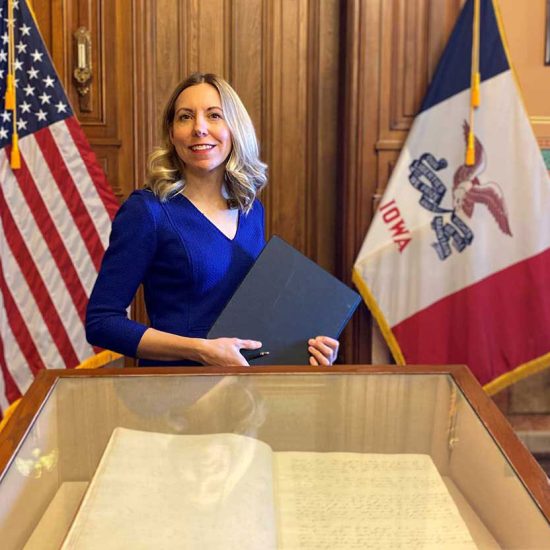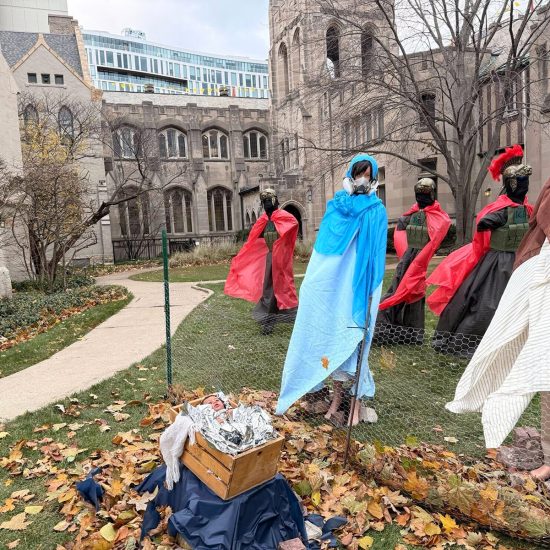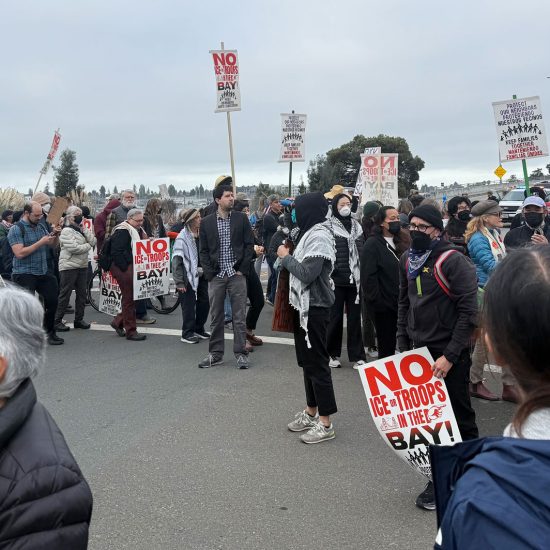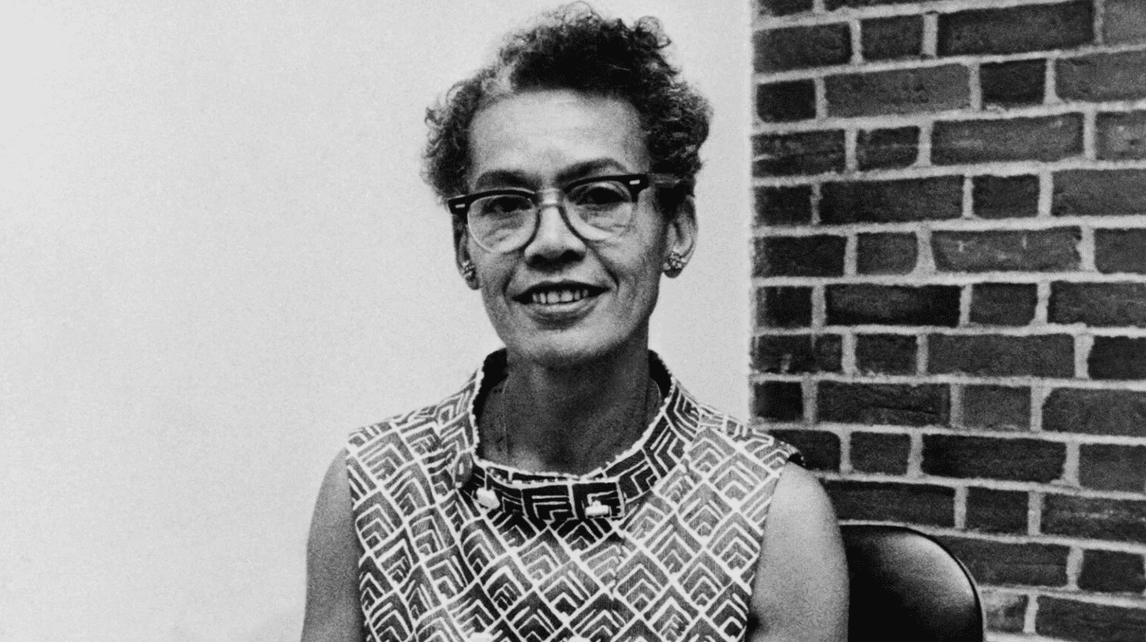
(RNS) — The first Black woman to be ordained in the Episcopal Church, who was also a trailblazing lawyer, civil rights activist and writer, will be honored on the U.S. quarter next year.
Pauli Murray, whose 1977 ordination to the priesthood was just one in a long series of firsts, has been chosen by the U.S. Mint as one of five honorees for the American Women Quarters Program.
“All of the women being honored have lived remarkable and multi-faceted lives, and have made a significant impact on our Nation in their own unique way,” Mint Director Ventris C. Gibson said in a statement.
But many scholars now recognize that though richly deserving of the honor, Murray, who died in 1985, was also gender-nonconforming and may be the first such person to appear on a U.S. coin. Murray sometimes presented as a woman and sometimes as a man. Feeling trapped in a woman’s body, Murray begged doctors to prescribe hormone therapy. They refused.
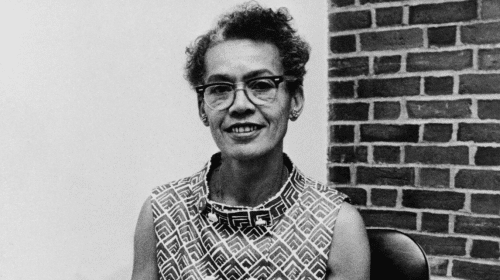
Brandeis University professor Pauli Murray poses for a portrait in Waltham, Massachusetts, on Sept. 25, 1970. (AP Photo)
“We know Pauli did not conform to gender norms,” said Barbara Lau, executive director of the Pauli Murray Center for History and Social Justice in Durham, North Carolina. “So we feel very comfortable saying that Pauli was gender-nonconforming.”
On its website, the Pauli Murray Center uses “they/them” pronouns to refer to Murray.
Murray may be best known as a civil rights activist who helped shape the legal argument for the 1954 Brown v. Board of Education Supreme Court ruling. In a final law school paper at Howard University School of Law, Murray wrote that “separate” could never be “equal.”
In 1951, Murray published a book on segregation laws that Thurgood Marshall — who argued the Brown case before the high court and later became a Supreme Court justice himself — credited as “the bible of the civil rights movement.” Ruth Bader Ginsburg, before she became a Supreme Court justice, also credited Murray’s arguments in a legal brief she wrote while arguing a 1971 Supreme Court case that banned gender discrimination based on the 14th Amendment’s equal protection clause.
At age 66, Murray was ordained a priest and celebrated Holy Eucharist at the same Chapel Hill, North Carolina, parish where Murray’s grandmother, a slave, had been baptized. In 2018, Murray was added to the Episcopal Church’s calendar of saints, with a July 1 feast day. The Union of Black Episcopalians followed in renaming the Maryland chapter in Murray’s honor.
In recent years, Murray has been the subject of several scholarly books and a 2021 documentary film, “My Name Is Pauli Murray.” In 2016, Murray’s childhood home in Durham was named a National Historic Landmark. Yale University named a residential college after Murray that same year.
Alongside the quarter, Lau said Murray’s achievements are finally getting their due. She said the mint first reached out to the Pauli Murray Center a year ago, looking for permission to use Murray’s image.
“Maybe the world is finally ready to embrace and lift up the vision of Pauli Murray,” Lau said. “That was just not true in Pauli’s life.”
The American Women Quarters program began last year and will continue through 2025. The mint is issuing five quarters each year. Those included alongside Murray in 2024 include Patsy Takemoto Mink, the first woman of color to serve in Congress, and Zitkala-Ša, also known as Gertrude Simmons Bonnin, a writer, composer, educator and political activist for Native Americans’ rights.

